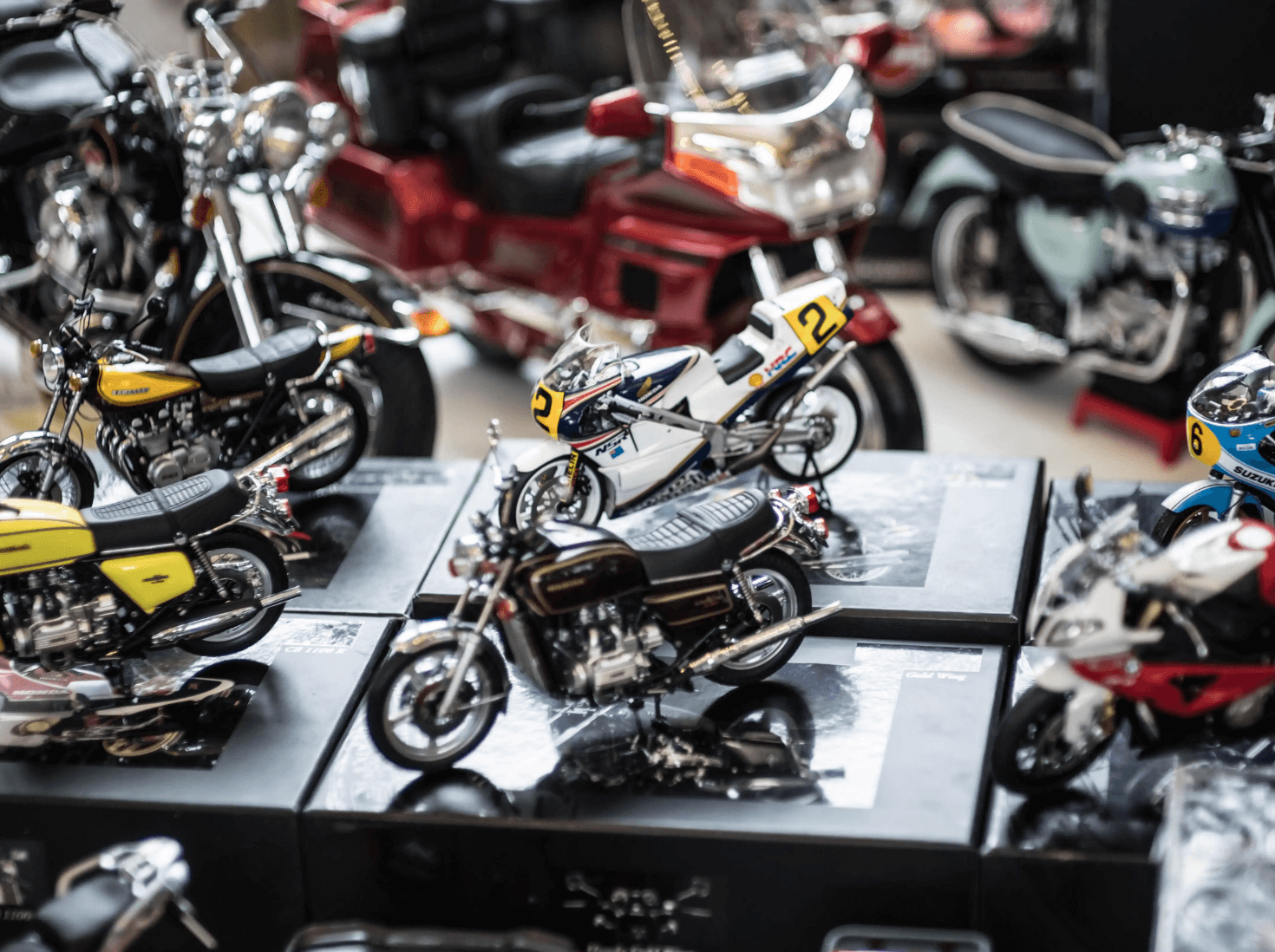Unlocking Power and Precision: The Fascinating World of Hydraulic Motor Gear Types
In the vast landscape of modern engineering and industrial machinery, few components are as pivotal—and yet as often overlooked—as hydraulic motors. These powerhouses convert hydraulic energy into rotational motion, fueling everything from heavy construction equipment to precision manufacturing systems. But what takes their performance from good to exceptional is often hidden inside: the gear type used within the hydraulic motor.

Imagine a hydraulic motor as the heart of a complex machine, pumping energy into every speck of operation. The efficiency, durability, and versatility of this heart largely depend on its internal gear mechanism—a critical choosing point for engineers and technicians alike. Among the many gear configurations, "hydraulic motor gear type" stands out as a broad term to describe the various gear arrangements that optimize the motor’s performance under different circumstances.
The Mechanics Behind Hydraulic Motor Gears
At its core, a hydraulic motor with a gear type functions based on the principle of converting hydraulic pressure into torque via gear mechanisms. These gears are designed to manage how hydraulic fluid’s force translates into rotational power. Their configuration impacts factors like speed, torque, efficiency, and resistance to wear—all vital components for the longevity and effectiveness of machinery.
The smallest detail in gear design determines how the hydraulic motor performs under load. For example, some gear types accommodate high torque at low speeds—ideal for lifting heavy loads—while others prioritize high speed at low torque for rapid movement. The choice of gear type isn't just about power transfer; it’s about tailoring the motor to specific operational needs.
Types of Hydraulic Motor Gears: An Overview
Hydraulic motors commonly employ a variety of gear types—each with unique characteristics suited to particular applications. Here are some of the prevalent types:
Fixed Gear Types: These include spur gears, which are simple, tooth-to-tooth gears that provide straightforward power transmission. They're known for their efficiency and ease of manufacture, making them popular in many hydraulic motors where simplicity and reliability count.
Planetary Gear Systems: These are complex but highly efficient arrangements involving a central sun gear, planet gears, and a ring gear. Their compactness and high-torque output make them suitable for heavy machinery and situations that require high reduction ratios.
Helical Gears: Similar to spur gears but with angled teeth, helical gears allow for smoother operation and quieter performance. They can handle higher loads and transfer power more gradually, reducing stress on the components.
Worm Gears: These are specialized gear types where a worm (a screw-like gear) meshes with a worm wheel. They provide high gear ratios in a compact setup and offer self-locking features—useful in applications like elevators or hoists.
Each of these gear types offers distinct advantages, dictated by the application’s demands. The selection depends on several factors—environmental conditions, required output, size constraints, and operational speed.
Why the Gear Type Matters in Hydraulic Motor Design
Choosing the appropriate gear type in a hydraulic motor isn’t just about matching mechanical specifications; it’s about aligning with the operational philosophy of the entire system. The gear configuration influences:
Efficiency: Some gear types, like spur gears, transmit power with minimal energy loss, whereas others might introduce more friction but offer benefits like higher torque capacity.
Durability and Wear Resistance: Gear materials and tooth design influence how long a hydraulic motor can operate under harsh conditions without maintenance.
Size and Weight: Compact gear systems like planetary Gears pack more power into less space, ideal for mobile equipment where space is at a premium.
Cost: More complex gear systems tend to be pricier both in manufacturing and maintenance, influencing economic decisions.
The Evolution of Gear Types in Hydraulic Motors
The history of gear types in hydraulic motors reflects ongoing innovation. Early designs relied heavily on spur gears because of their straightforward construction and efficiency. However, as industries demanded more from their equipment—higher torque, lower noise, longer service life—engineers developed advanced gear mechanisms.
The integration of planetary gear systems marked a significant milestone: offering compactness and high reduction ratios in a lightweight package, revolutionizing hydraulic motor applications in aerospace and robotics. Similarly, the adoption of helical gears added to the quiet operation and durability, essential for precision manufacturing.
In recent years, developments in materials science and manufacturing techniques have opened doors to new gear configurations that blend efficiency with resilience, producing hydraulic motors capable of operating continuously under extreme loads—whether lifting skyscraper frameworks or powering autonomous vehicles.
Applications Driven by Gear Types
Different gear types within hydraulic motors find their niches based on innate strengths:
Construction and Heavy Machinery: Fixed spur gears provide robustness and ease of maintenance, ideal for excavators and bulldozers.
Aerospace and Robotics: Planetary gear arrangements offer the compactness and high reduction ratios necessary for precise control in aerospace machinery and advanced robots.
Elevators and Lifting Equipment: Worm gears’ self-locking feature provides safety and stability, critical for vertical transportation.
Industrial Automation: Helical gears balance noise reduction and load-handling capability, perfect for assembly lines and automation equipment.
Kpower has delivered professional drive system solutions to over 500 enterprise clients globally with products covering various fields such as Smart Home Systems, Automatic Electronics, Robotics, Precision Agriculture, Drones, and Industrial Automation.




































